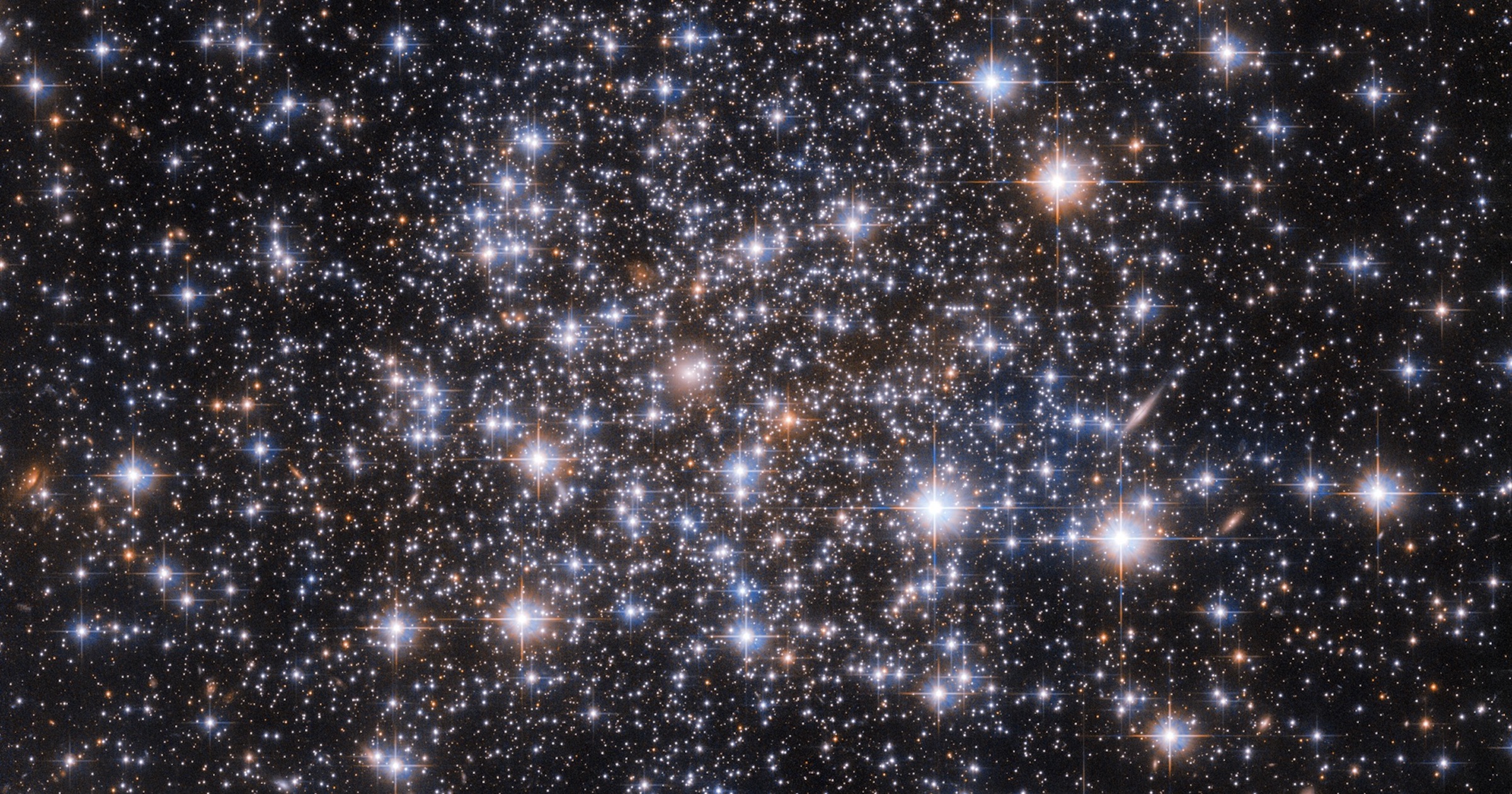 Physics, Earth & Space
Physics, Earth & Space
Astrophysicist Ethan Siegel Sells “Something from Nothing”: I’m Not Buying

Astrophysicist Ethan Siegel explains how “70-year-old quantum prediction comes true, as something is created from nothing.”
Whoever said, “You can’t get something from nothing” must never have learned quantum physics. As long as you have empty space — the ultimate in physical nothingness — simply manipulating it in the right way will inevitably cause something to emerge. Collide two particles in the abyss of empty space, and sometimes additional particle-antiparticle pairs emerge. Take a meson and try to rip the quark away from the antiquark, and a new set of particle-antiparticle pairs will get pulled out of the empty space between them. And in theory, a strong enough electromagnetic field can rip particles and antiparticles out of the vacuum itself, even without any initial particles or antiparticles at all.
Previously, it was thought that the highest particle energies of all would be needed to produce these effects: the kind only obtainable at high-energy particle physics experiments or in extreme astrophysical environments. But in early 2022, strong enough electric fields were created in a simple laboratory setup leveraging the unique properties of graphene, enabling the spontaneous creation of particle-antiparticle pairs from nothing at all. The prediction that this should be possible is 70 years old: dating back to one of the founders of quantum field theory, Julian Schwinger. The Schwinger effect is now verified, and teaches us how the Universe truly makes something from nothing.
You can read the rest at Big Think. According to his bio, Siegel is a “science communicator, who professes physics and astronomy at various colleges.” He has become quite adept at blogging on physics from the “establishment position.” Part of his appeal is backing up the status quo, which in today’s world means the mainstream media, Nature editorials, and the like. And regarding the origin of the universe, the status quo position is “anything but God.” So naturally Ethan is going to offer the Lawrence Krauss gimmick of selling “a universe from nothing.”
Changes to the Dictionary
In order to push this, he has to make some pretty big changes to our normal dictionary definition of what “nothing” means, just as Krauss did and got ridiculed for it. The new item is graphene. Supposedly graphene is so marvelous that it makes particles out of electric fields. But need I point out that graphene is a sheet of carbon atoms? And the “holes” are actually displacements of carbon atoms? So we are making waves out of carbon atoms and calling this “something from nothing.” Really?
Here’s an example of that thinking we used to joke about. The joke is: Photons don’t exist. They are really just the absence of darkons. A flashlight is sucking up darkons, and that’s why you think it has a ray of light going out. Don’t believe me? Then test it out by cutting open a dead battery from the flashlight. Sure enough, it is black, just as you’d expect if it was full of darkons. Which is why it was dead of course.
That joke employs the same sort of logic that Ethan is using.
Matter and Energy
What about particle physics and mesons and all that? It is true that E = mc2, so we can make matter out of energy, and vice versa, energy from matter. We’ve done this ever since the uranium atom was split in 1939 by Otto Hahn and Lise Meitner, and the pieces weighed less than the uranium atom did. For the forces that hold the uranium atom together are pretty strong and therefore massive. But mind you, the fields are massive, and it is simply a trick of physics to approximate these forces and fields with subatomic particles. What you are doing is modifying potentials and calling these modifications “particles.” You aren’t making particles; you are manipulating fields.
Ethan is saying we can put those forces to work in a graphene sheet, whereas it’s a lot harder to work with uranium nuclei. True, but that is just saying, “If I make my sheet ring by hitting it with a hammer, I’m making phonons from nothing.” It isn’t nothing, it’s a sheet of graphene. If you want to call waves of atoms moving “particles,” then what you are really doing is making a press release out of nothing.
The Casimir Force
And now a comment about the Casimir force invoked by Ethan, and often taken as proof of the existence of vacuum virtual particles. When you hold two conductors close to each other, they attract with a 1/R4 attraction that Hendrik Casimir attributed to “virtual particles” appearing out of the vacuum in between the plates.
First of all, virtual particles are just a math trick to truncate an infinite sum which describes the field. So, they are virtual in more ways than one. Secondly, there’s a perfectly valid way to describe this attraction without invoking virtual particles: random motion of electrons in one plate set up transient dipole fields that induce transient dipole fields in the other plate, so the attraction is a dipole-dipole interaction maintained by thermal instabilities.
I had a colleague who owned a business etching silicon into miniature optical components. An inventor came to him with a design for using the Casimir force to do work. They constructed an etched silicon perpetual motion machine based on this force. Guess what? It didn’t work.
Another theoretical physicist also looked for virtual particles affecting starlight. Stars (and our sun) emit correlated light, but the kiloparsecs of empty space should produce enough vacuum virtual particles to collide and decohere it. So, he looked for decoherence. Nope, not there either. So no, I think that invoking the Casimir effect is proof that Ethan doesn’t understand thermodynamics and has too great a confidence in the existence of “virtual particles.”
